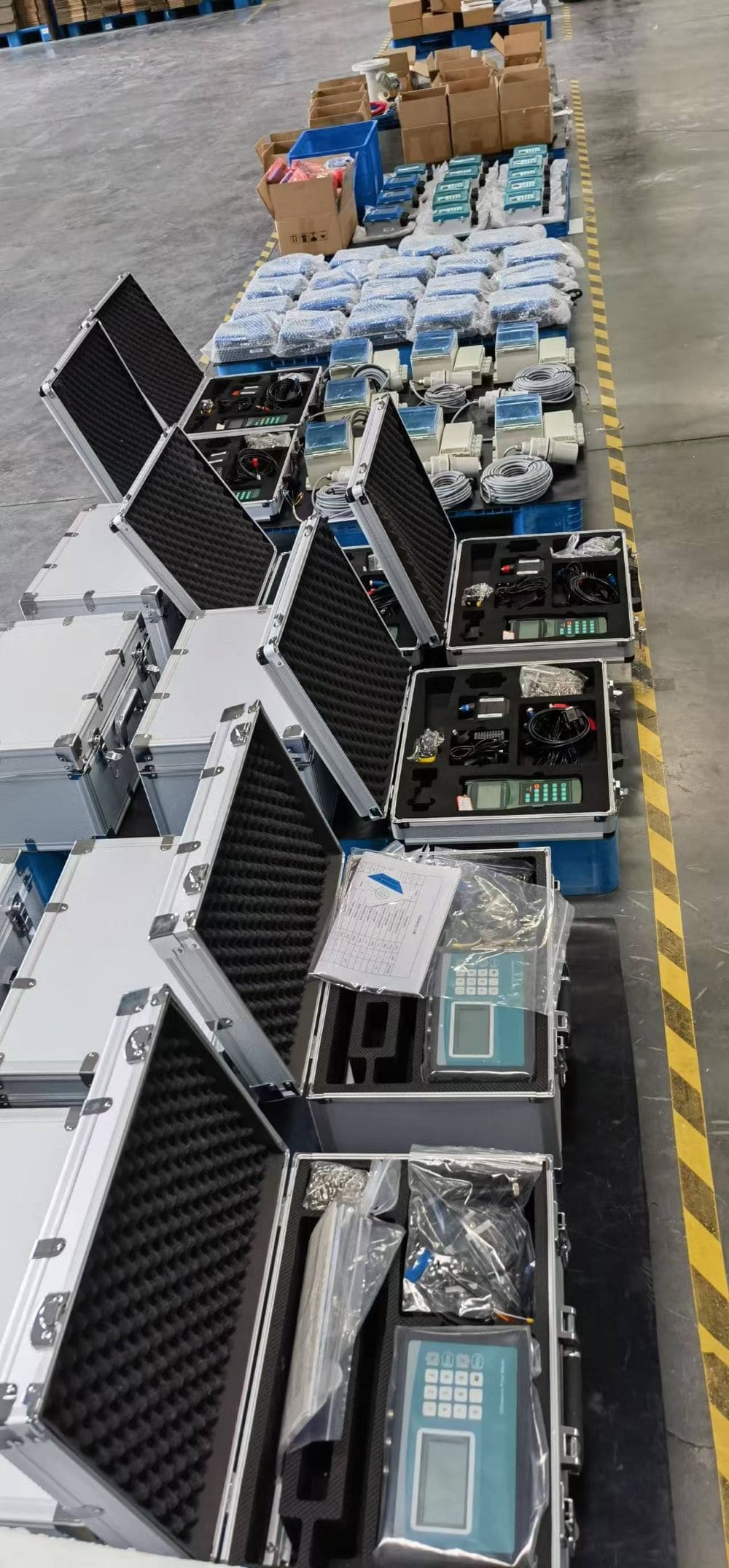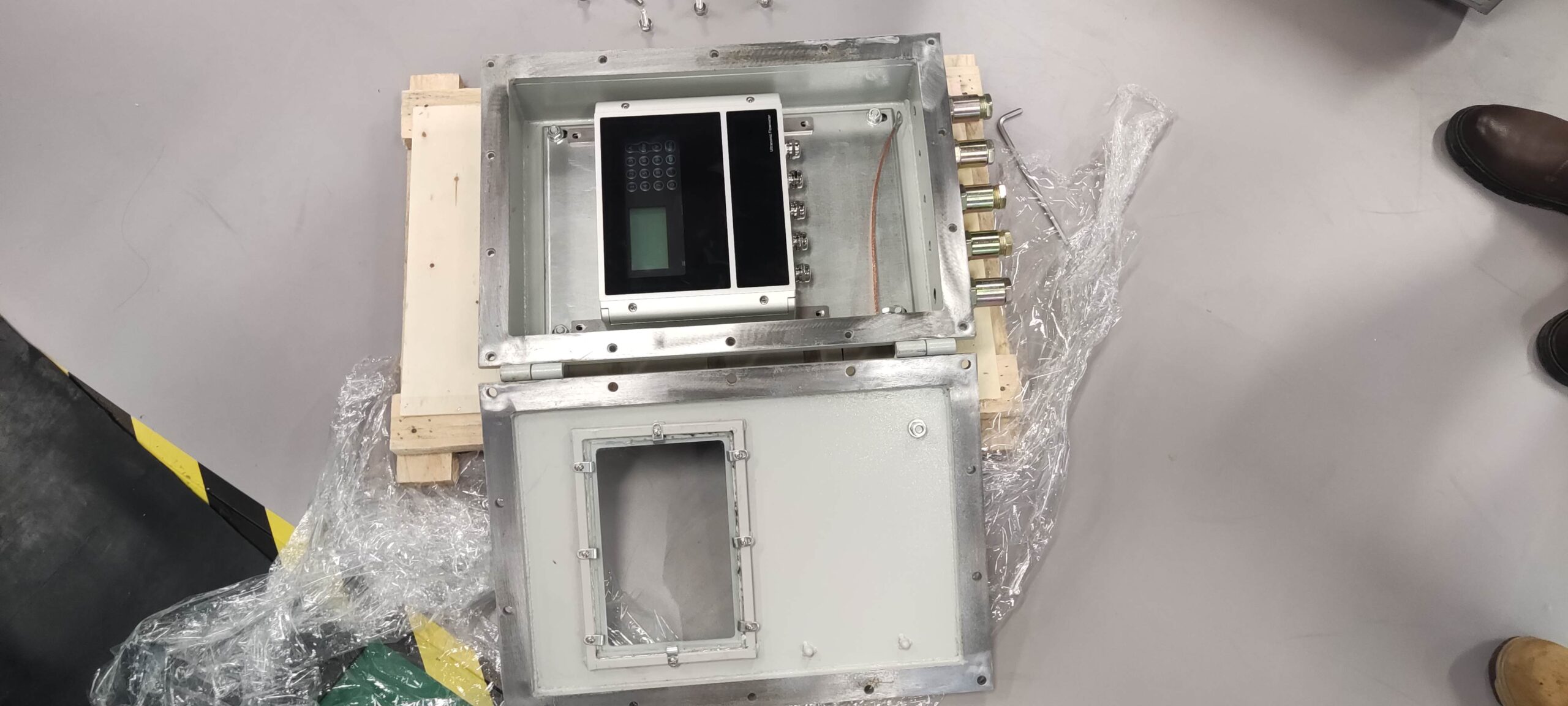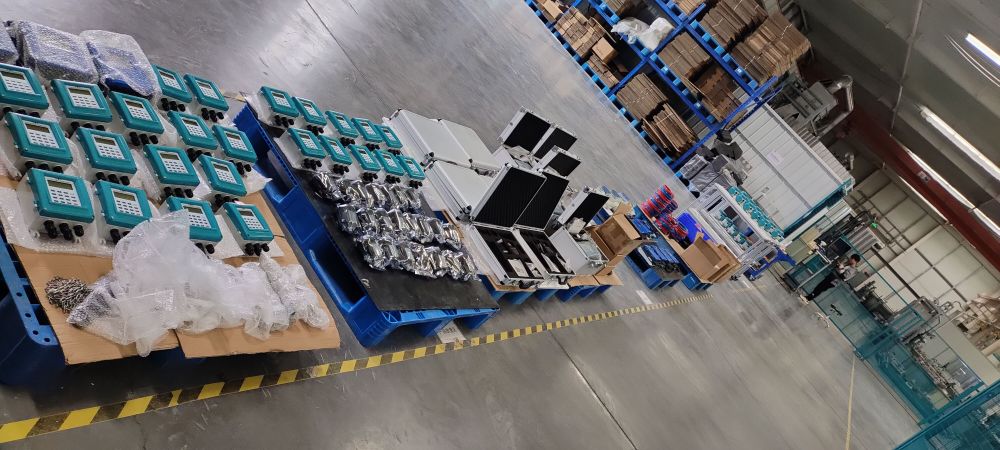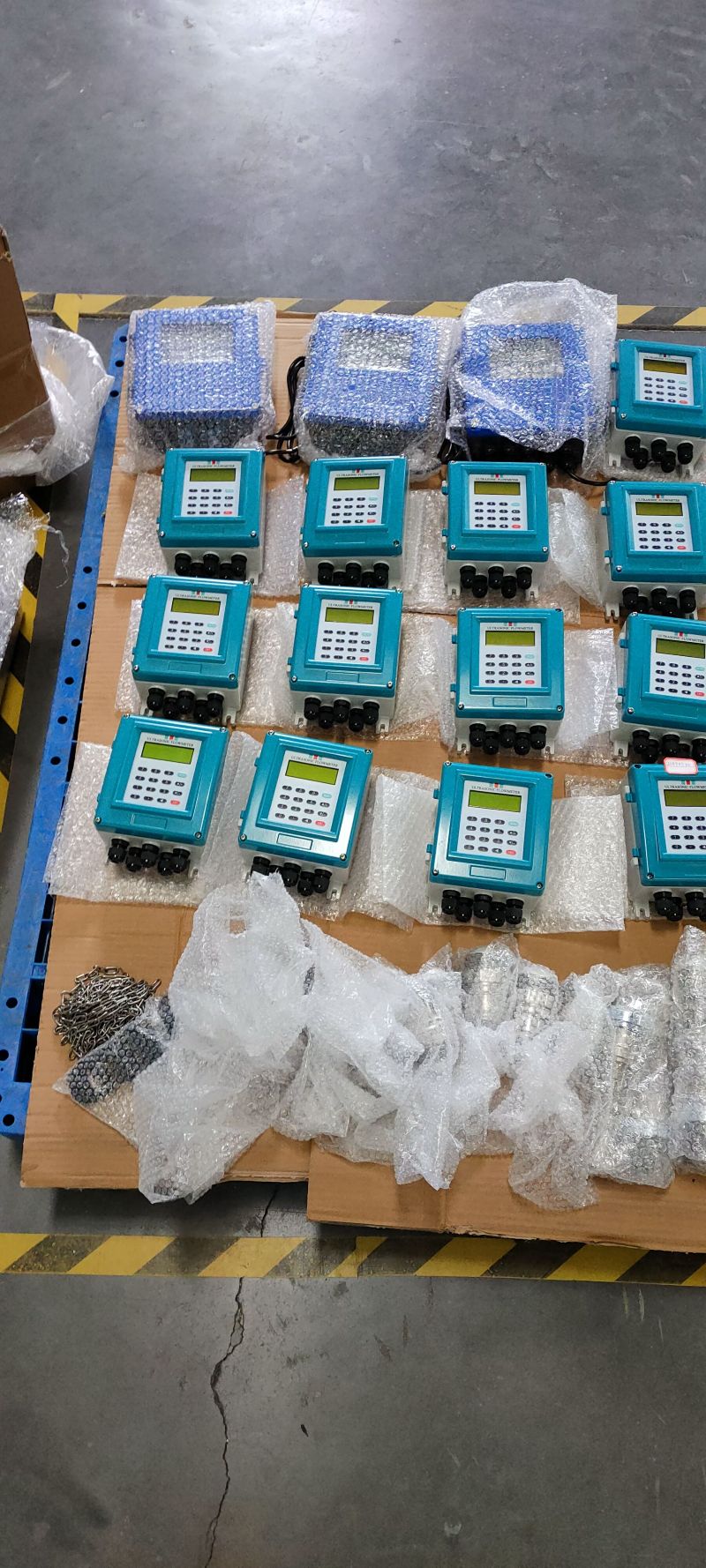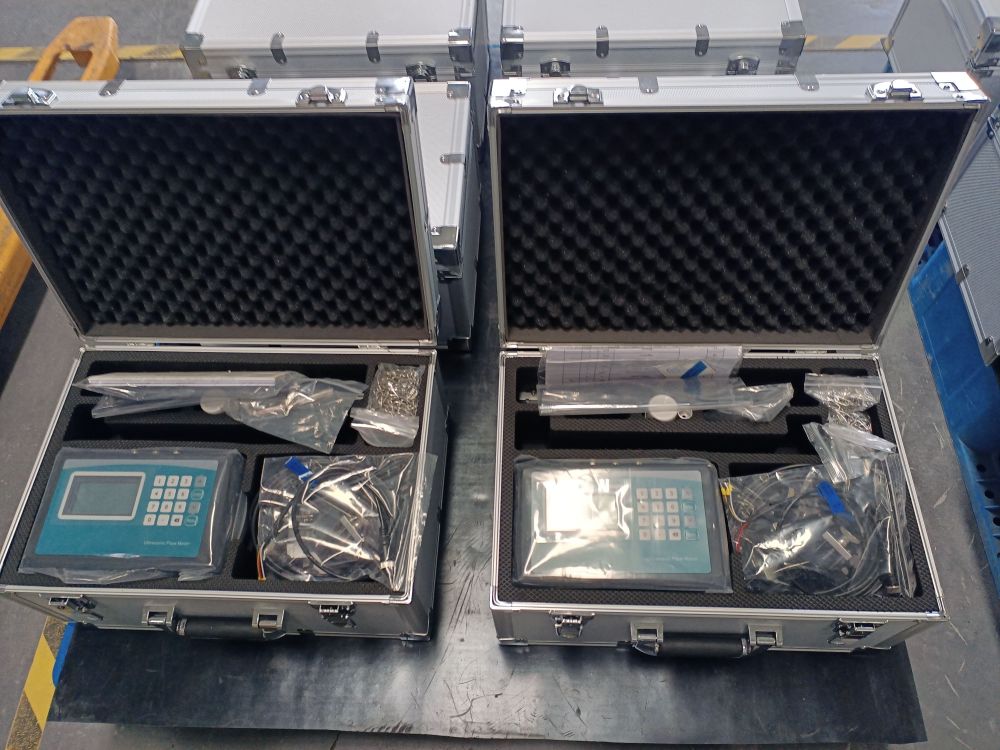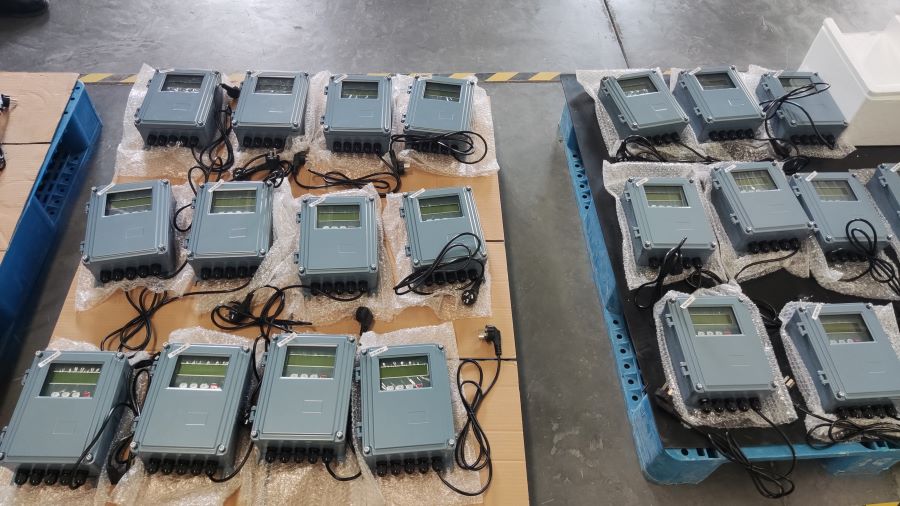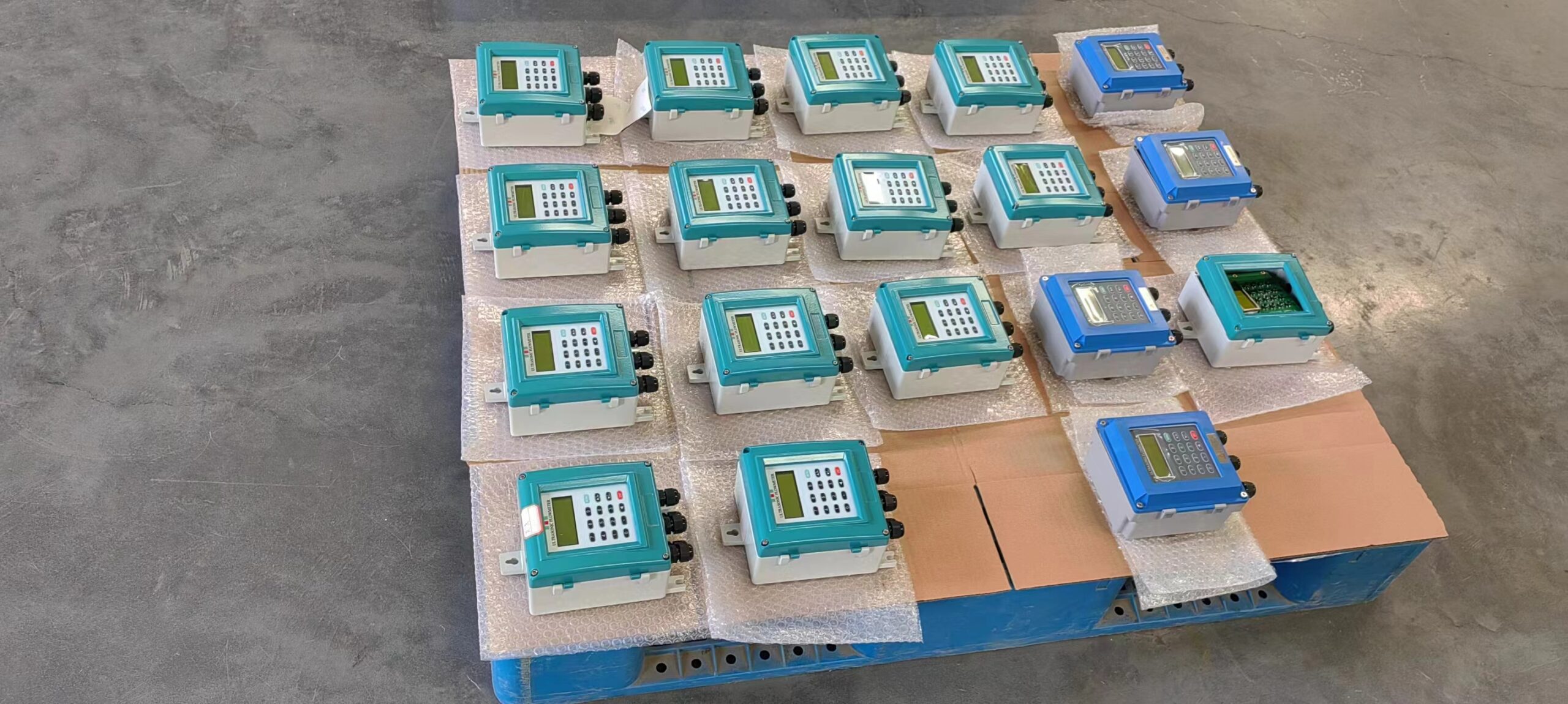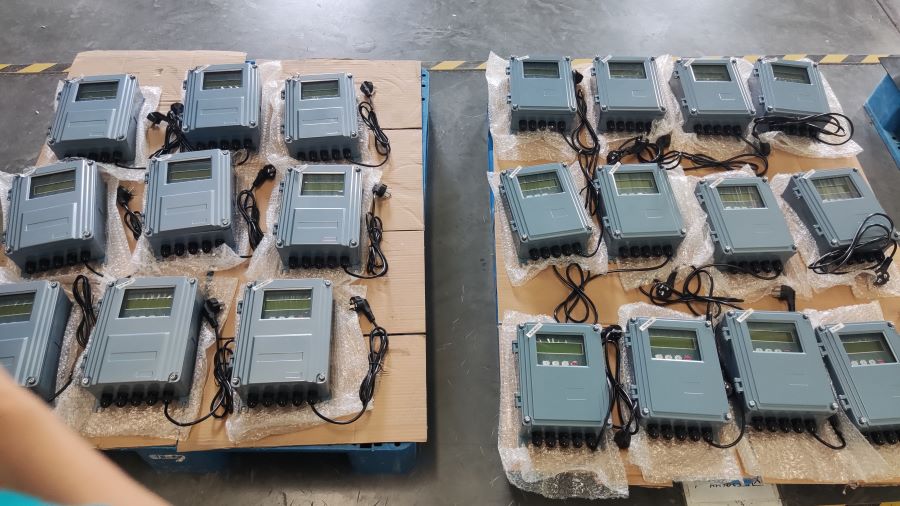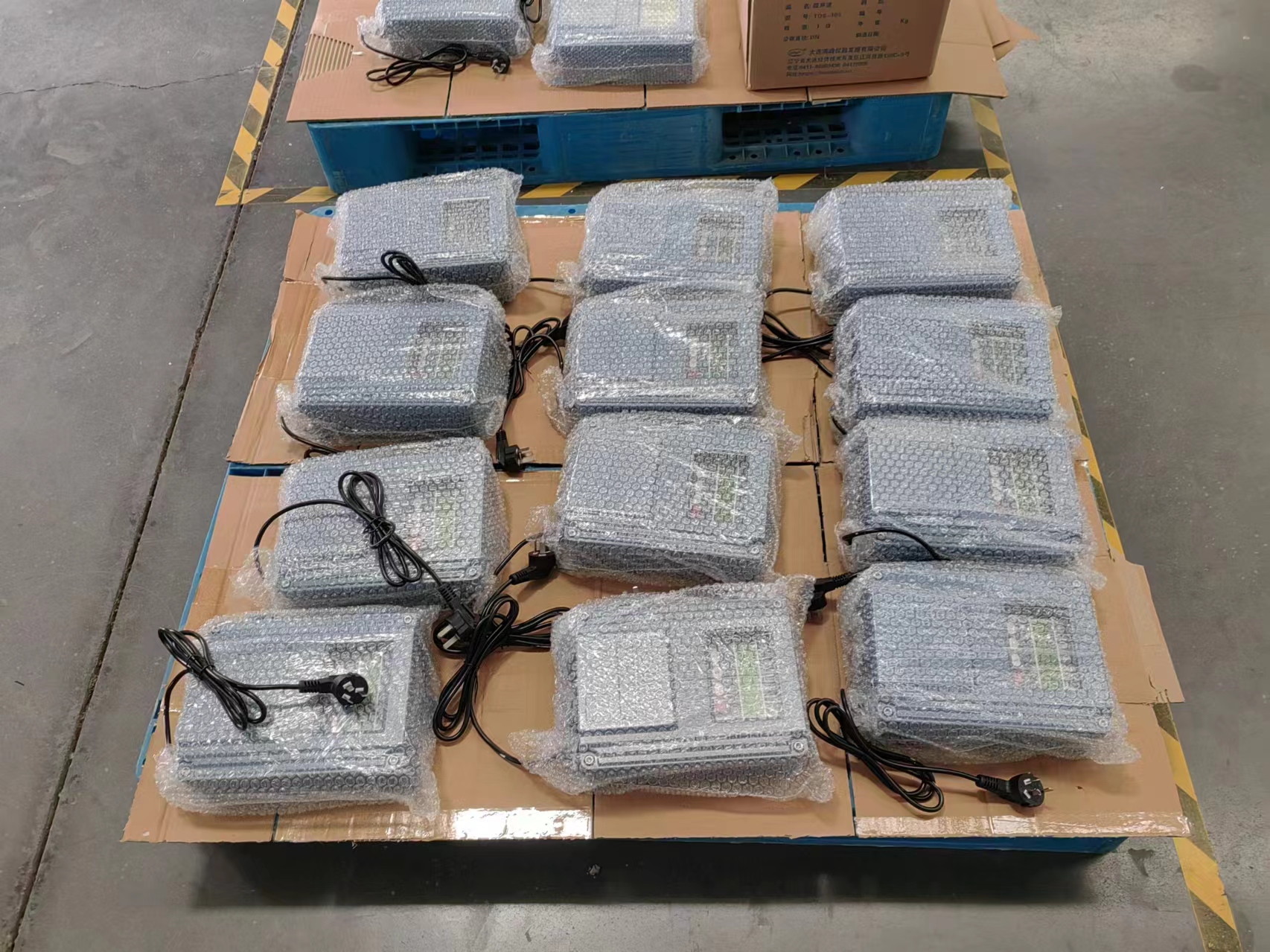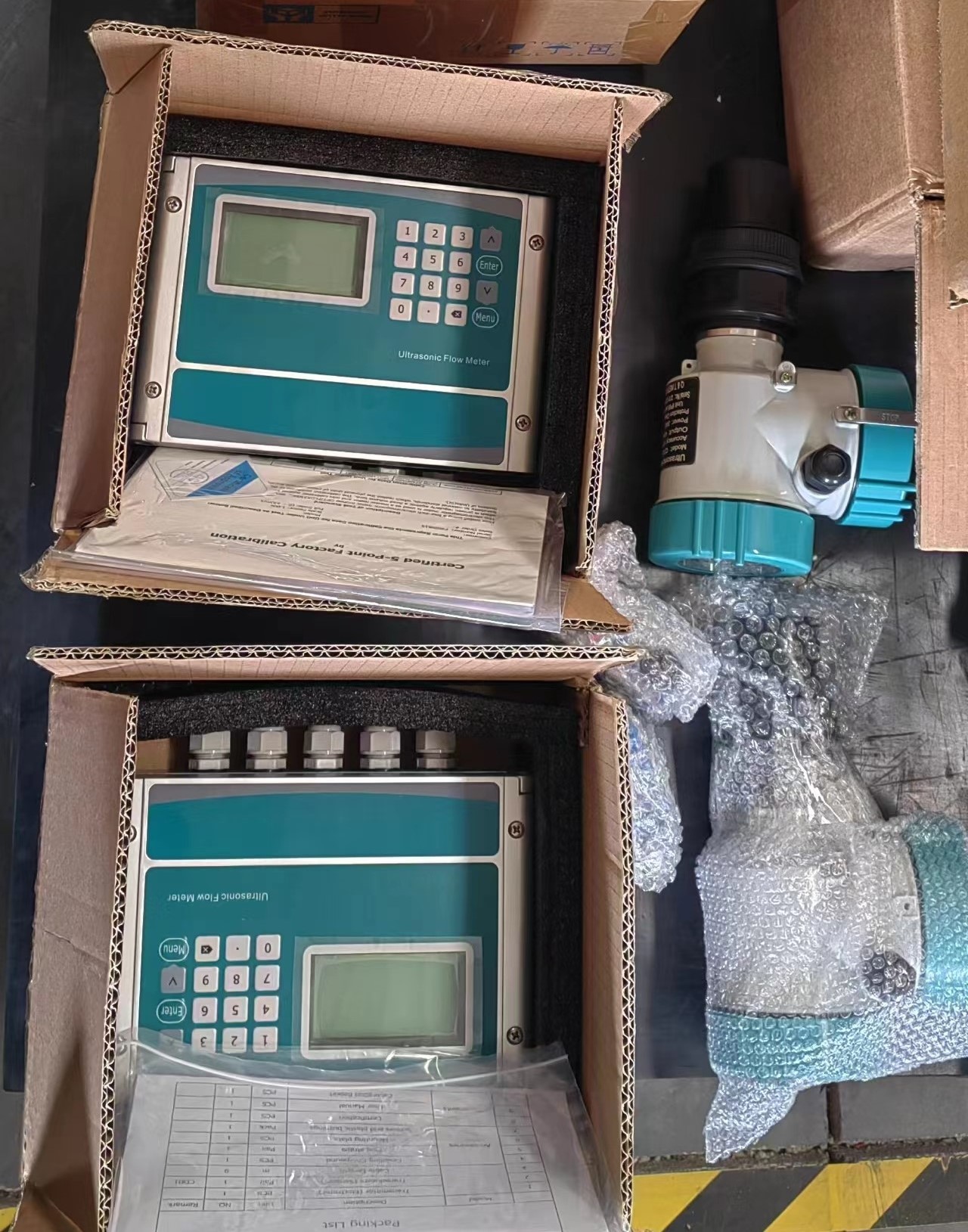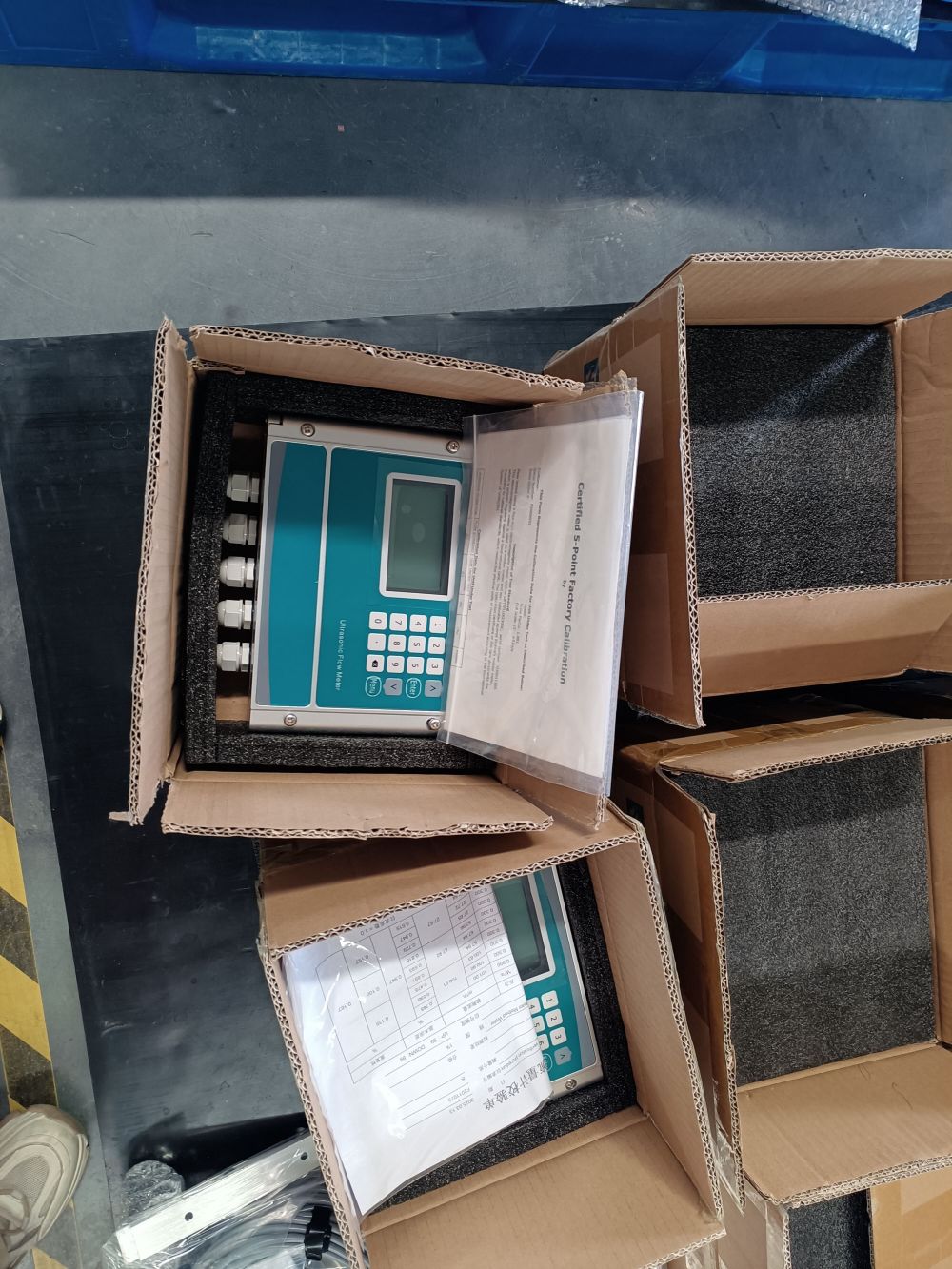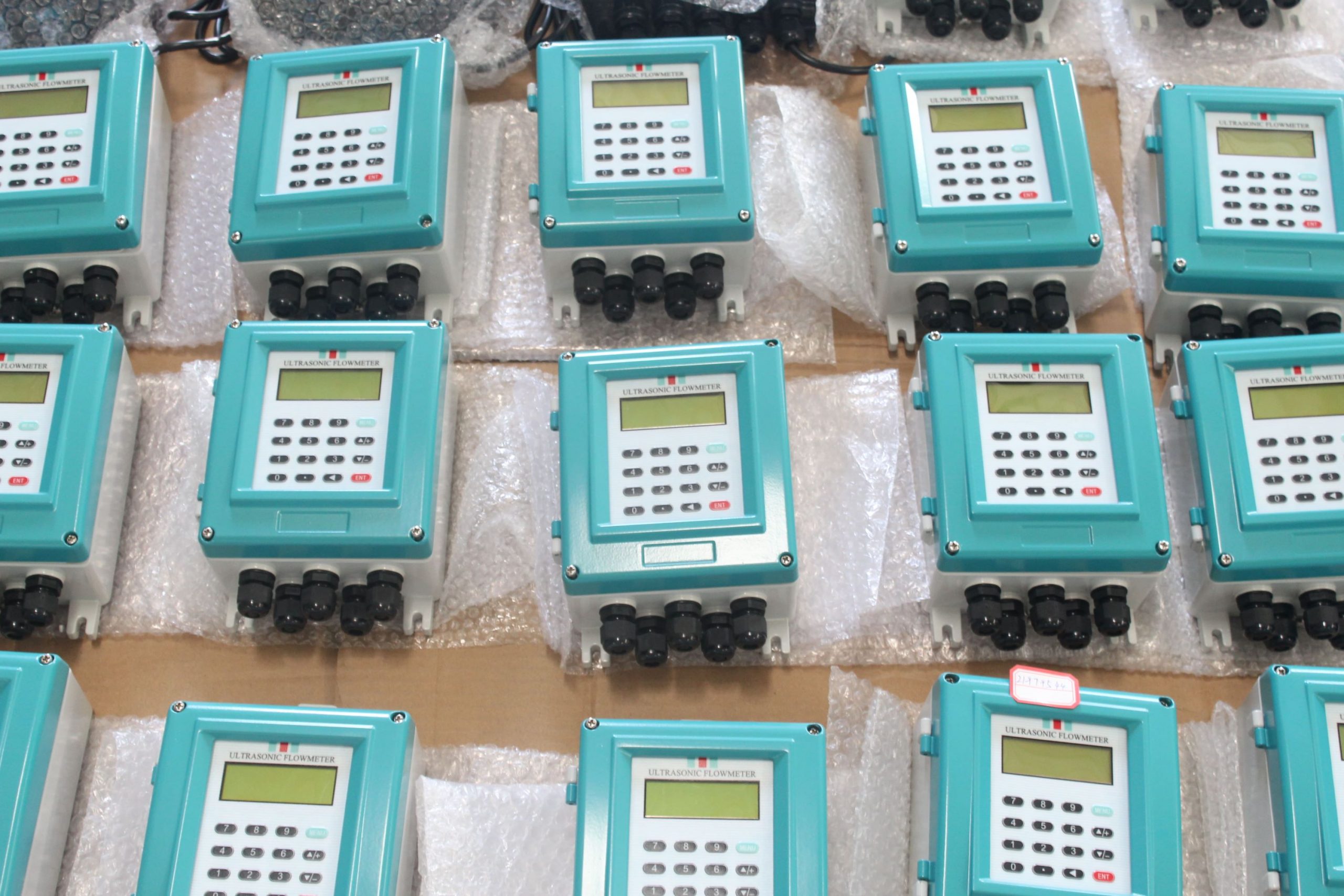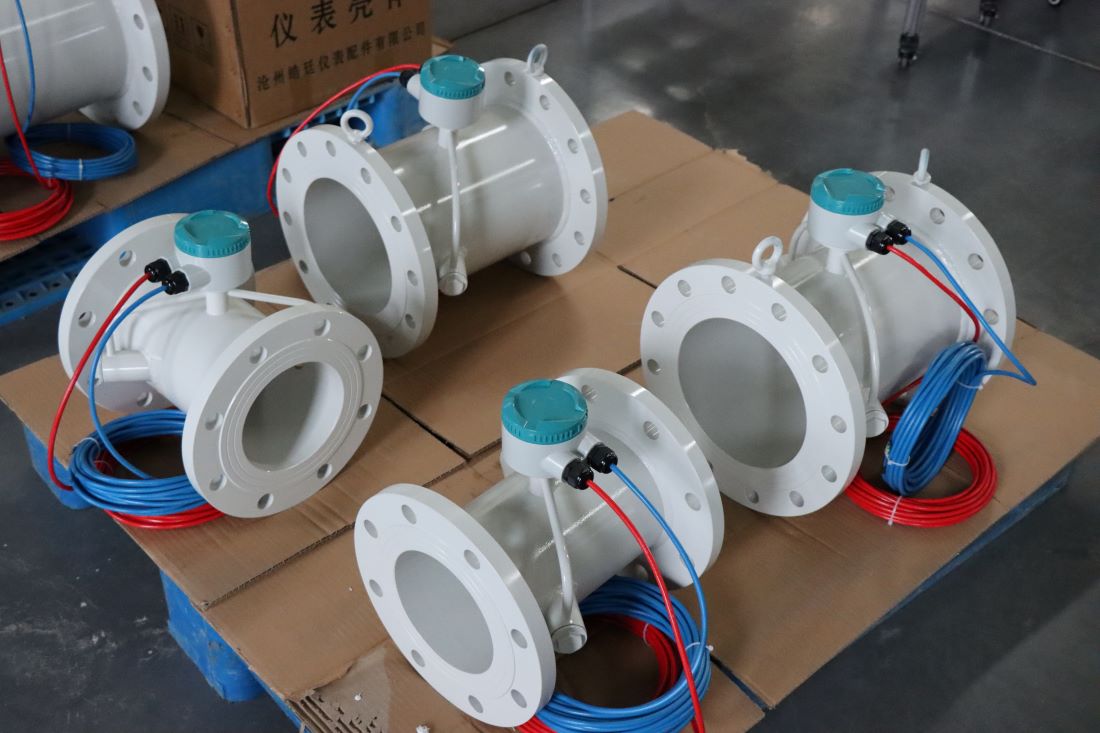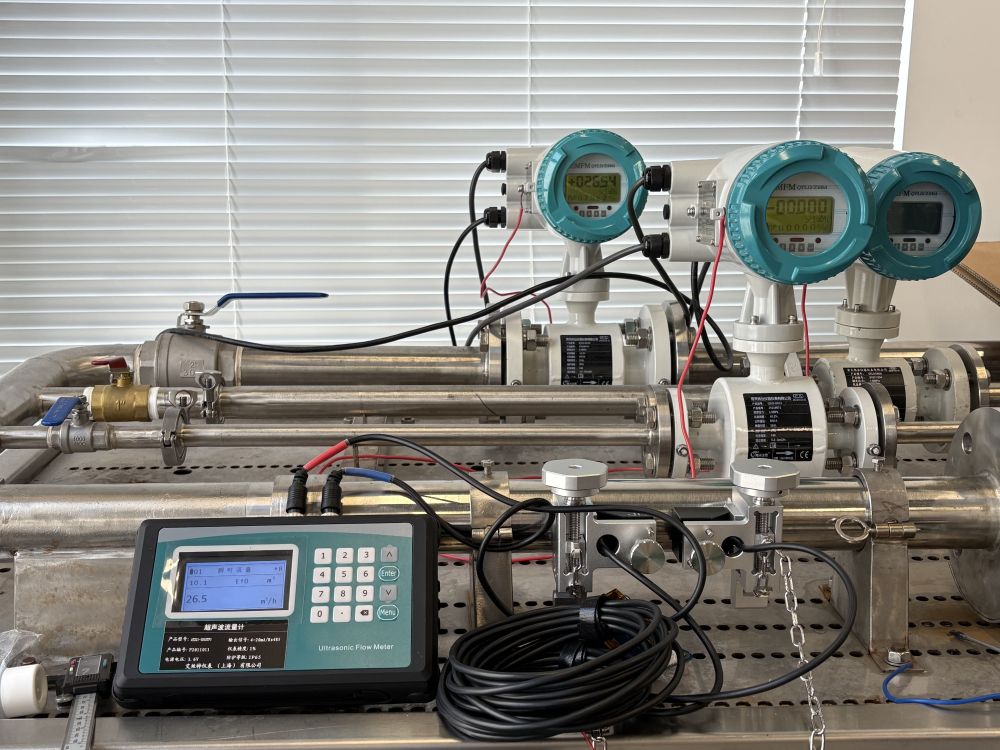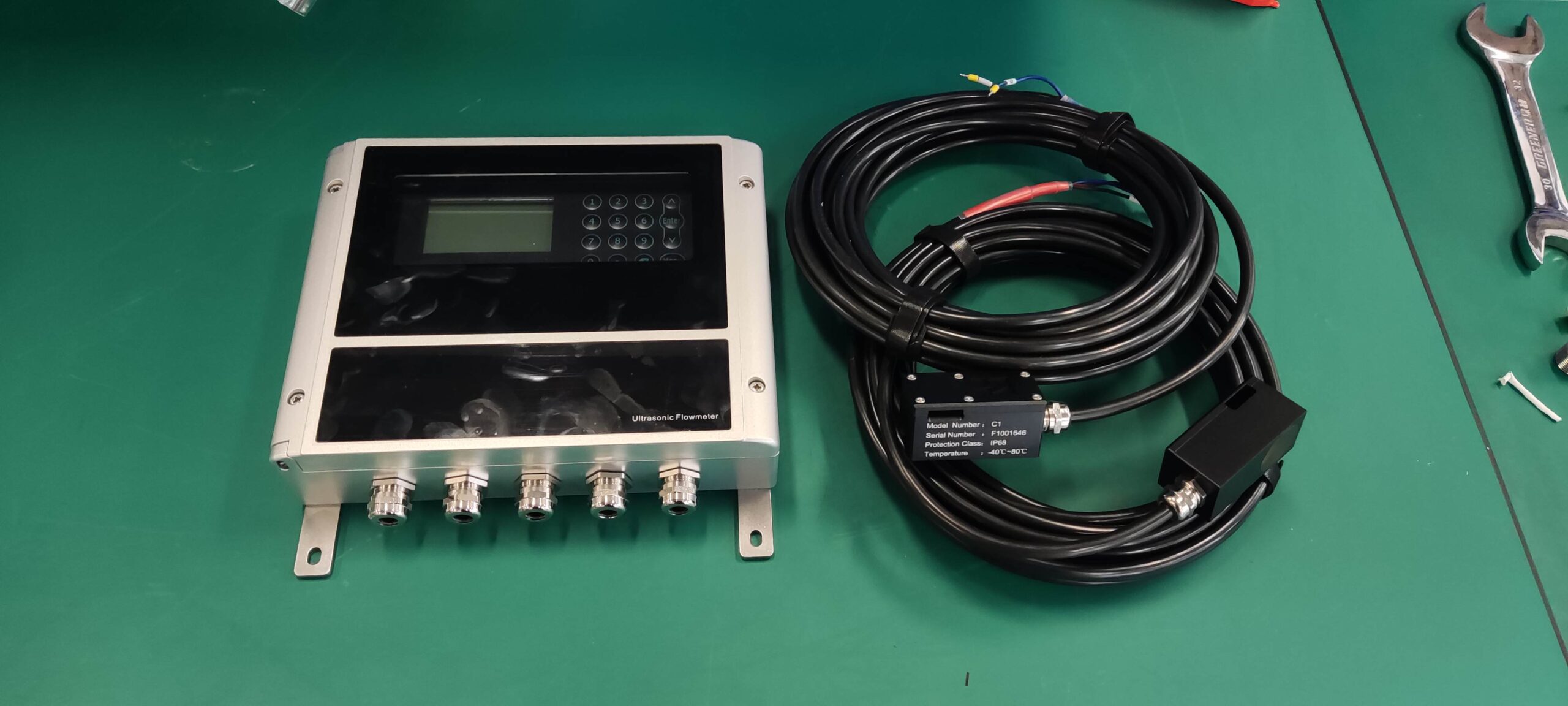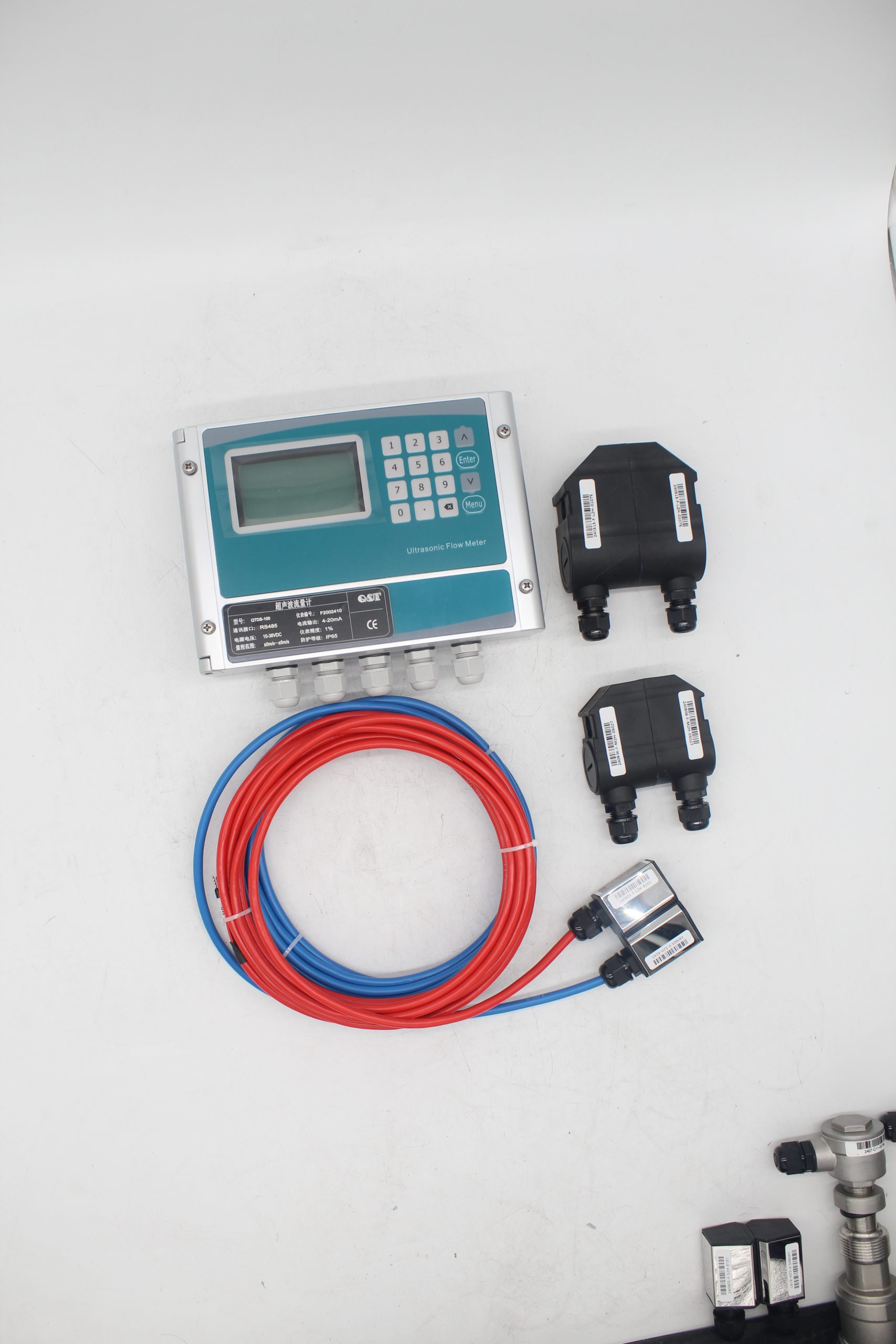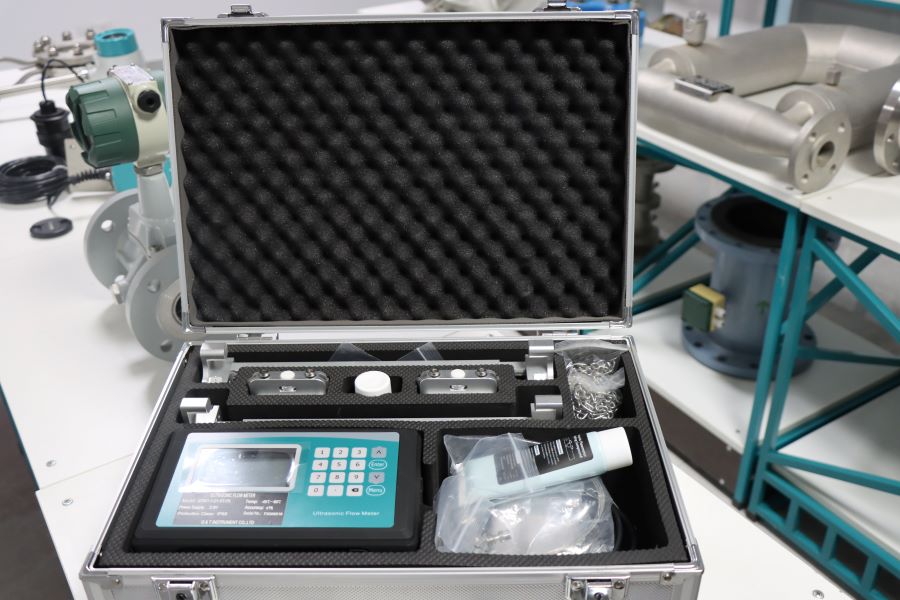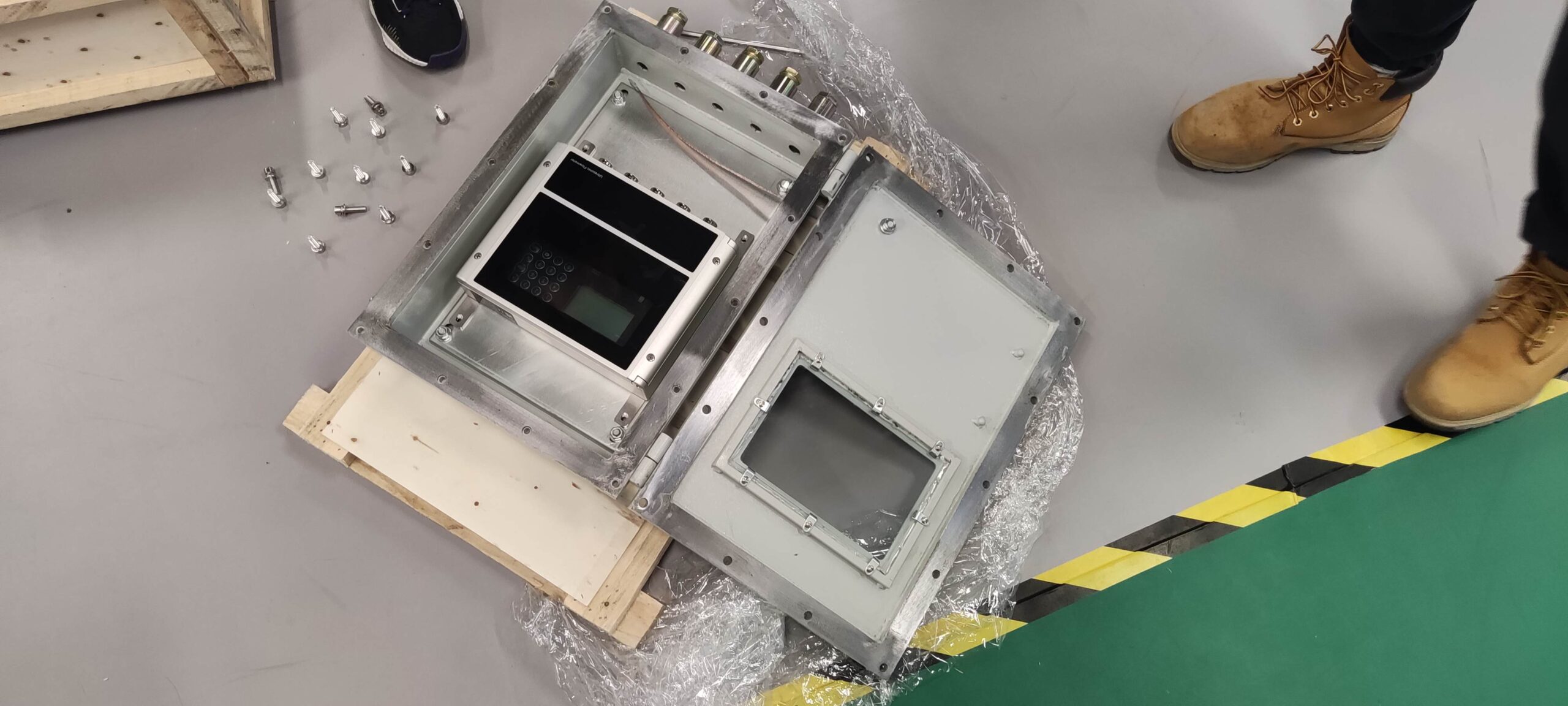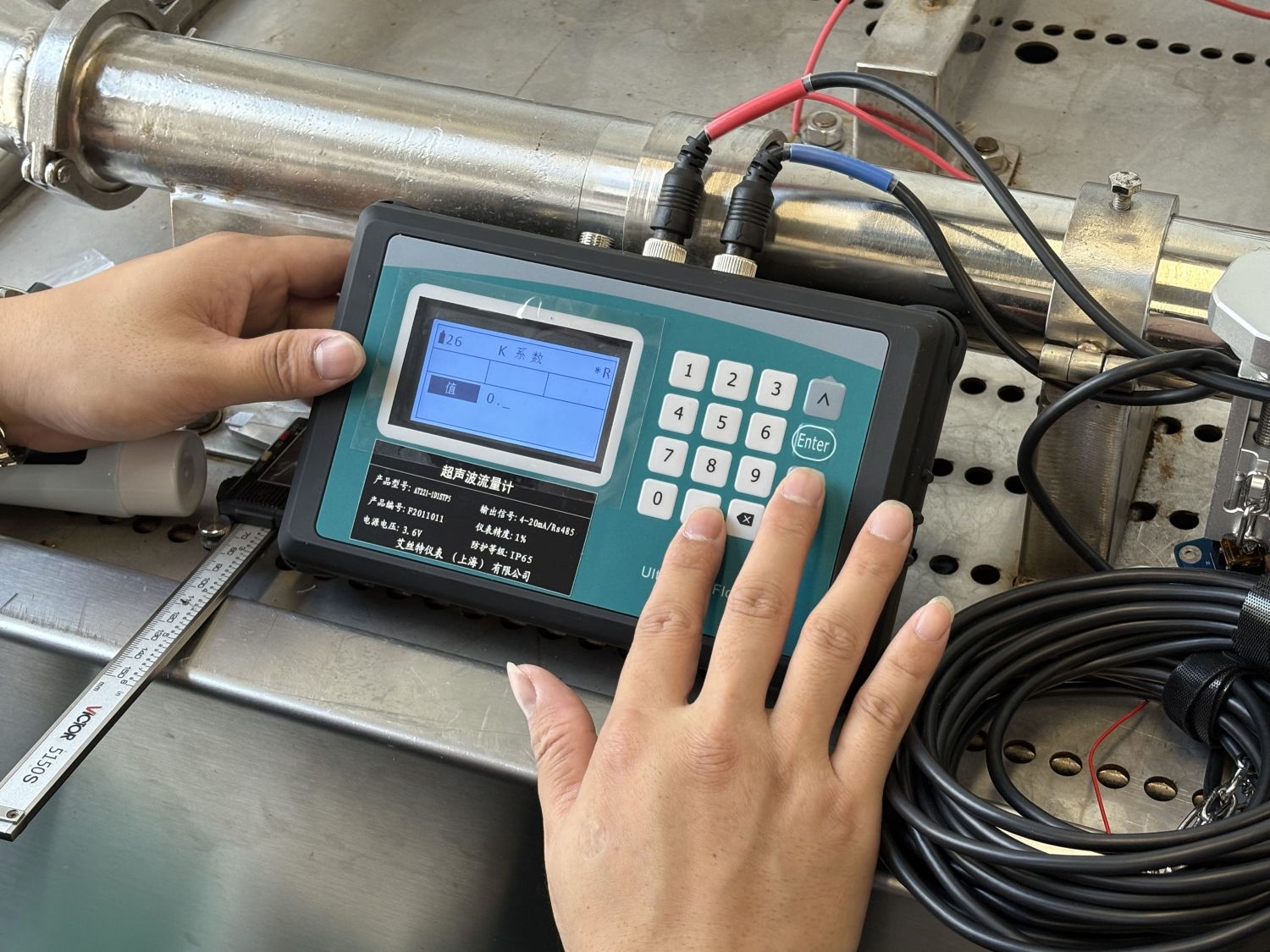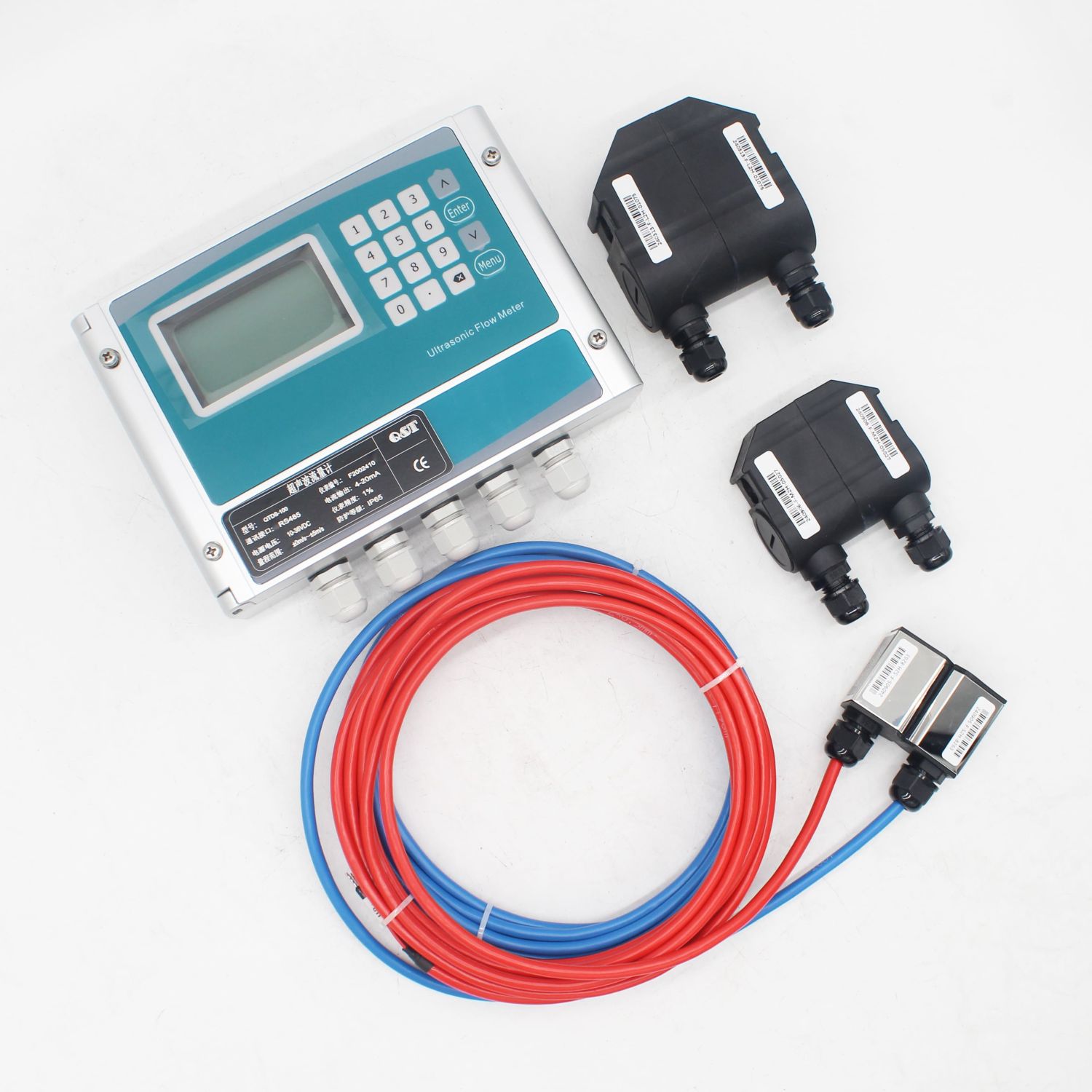Analysis of Faults in Ultrasonic flowmeter sensors
When the ultrasonic flowmeter experiences unstable signals and inaccurate readings during operation, many users tend to think that there is a problem with the ultrasonic flowmeter sensor. However, this is not always the case. Today, Aister Instruments, a flowmeter manufacturer, will explain to you the reasons why the ultrasonic flowmeter sensor is good but the flow rate is low or there is no flow rate fault.
Fault analysis
1. The paint or rust on the outside of the pipe has not been cleaned thoroughly.
2. The sensor is installed on the uneven surface of the pipe or at the weld seam.
3. The roundness of the pipe is poor, the inner surface is not smooth, and there is scale formation on the pipe lining. If the pipe material is cast iron pipe, this situation may also occur.
4. The measured medium is a pure substance or the solid suspended matter is too low. The solid sensor is installed on the fiberglass pipe.
5. If the sensor is installed on the sleeve, it will weaken the ultrasonic signal.
6. The sensor is not well coupled with the pipeline, and there are gaps or bubbles on the coupling surface.
Fault handling
1. Clear the pipeline again and install the ultrasonic flowmeter sensor;
2. Grind the pipe flat or away from the weld seam, select a place with a smooth inner surface material such as steel pipe or liner, and move the sensor to the pipe section without casing.
3. Select other suitable types of instruments;
4. Remove the glass fiber and reinstall the coupling agent.
The above is the analysis of the problem that the ultrasonic flowmeter sensor is good, but the flow rate is low or there is no flow rate fault. If you have any related product questions or product needs, you can contact the Aister instrument staff online or by phone at any time.

